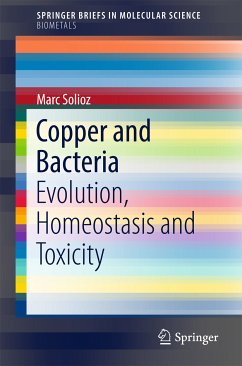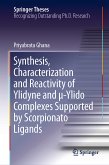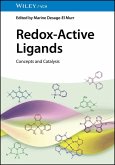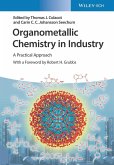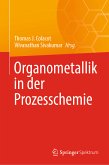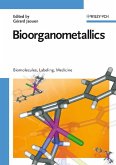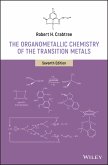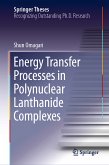In the past two decades, great progress has been made in the understanding of copper as a bioelement. The book summarizes the current knowledge of copper toxicity, homeostasis and resistance in bacteria, in which proteins like copper ATPases, copper chaperones and copper-responsive regulators of gene expression play major roles. The author also discusses the metallation of cuproenzymes. The evolution of the use of copper by cells and of copper-homeostatic proteins are is also considered in this Brief.
Dieser Download kann aus rechtlichen Gründen nur mit Rechnungsadresse in A, B, BG, CY, CZ, D, DK, EW, E, FIN, F, GR, HR, H, IRL, I, LT, L, LR, M, NL, PL, P, R, S, SLO, SK ausgeliefert werden.
Hinweis: Dieser Artikel kann nur an eine deutsche Lieferadresse ausgeliefert werden.

